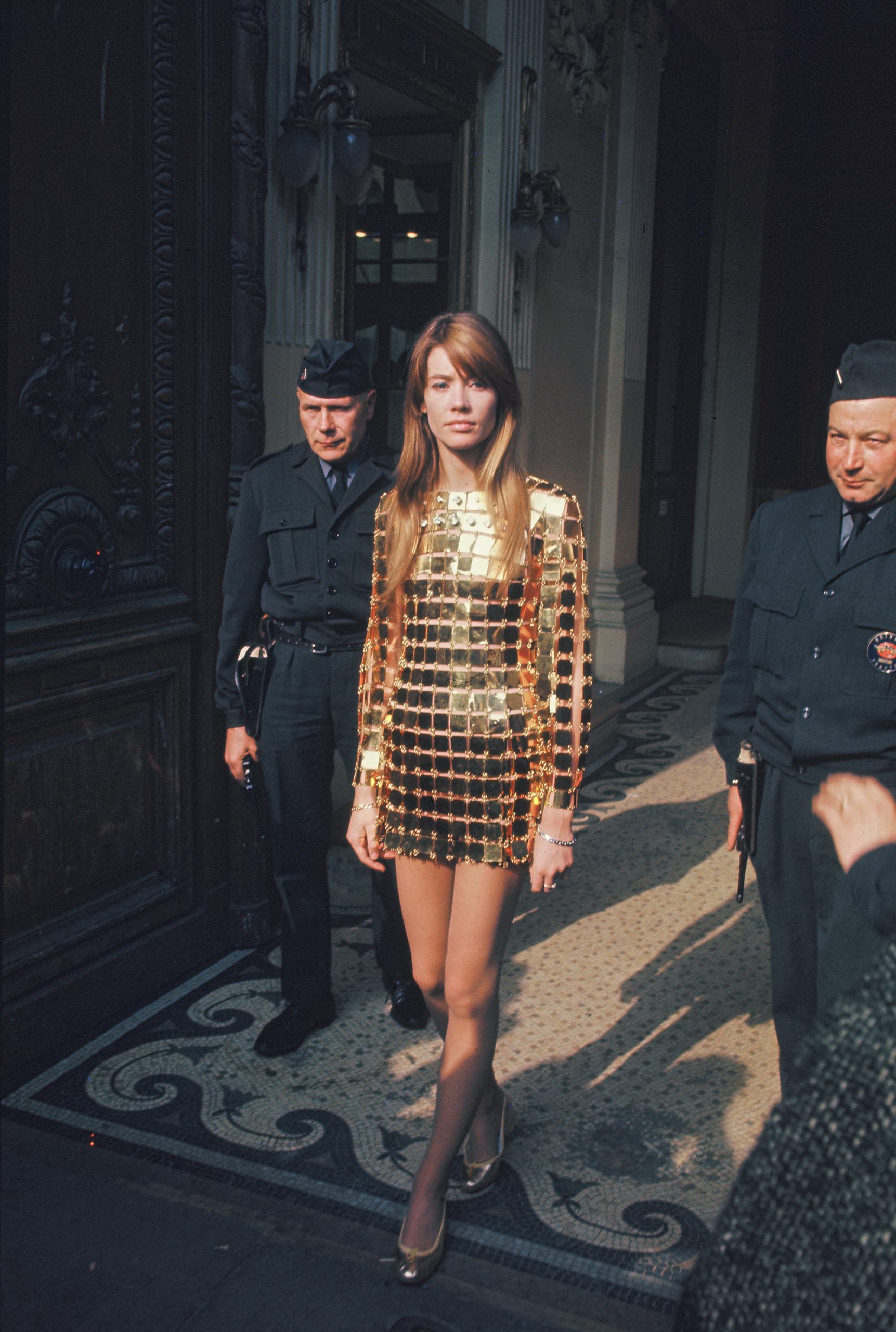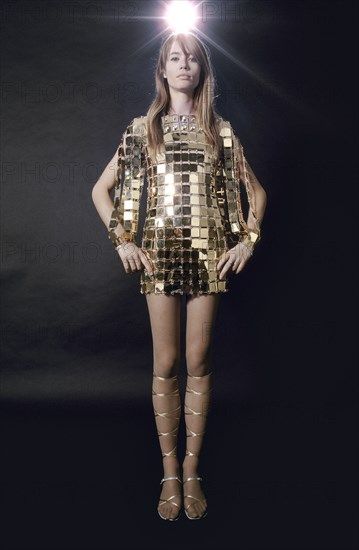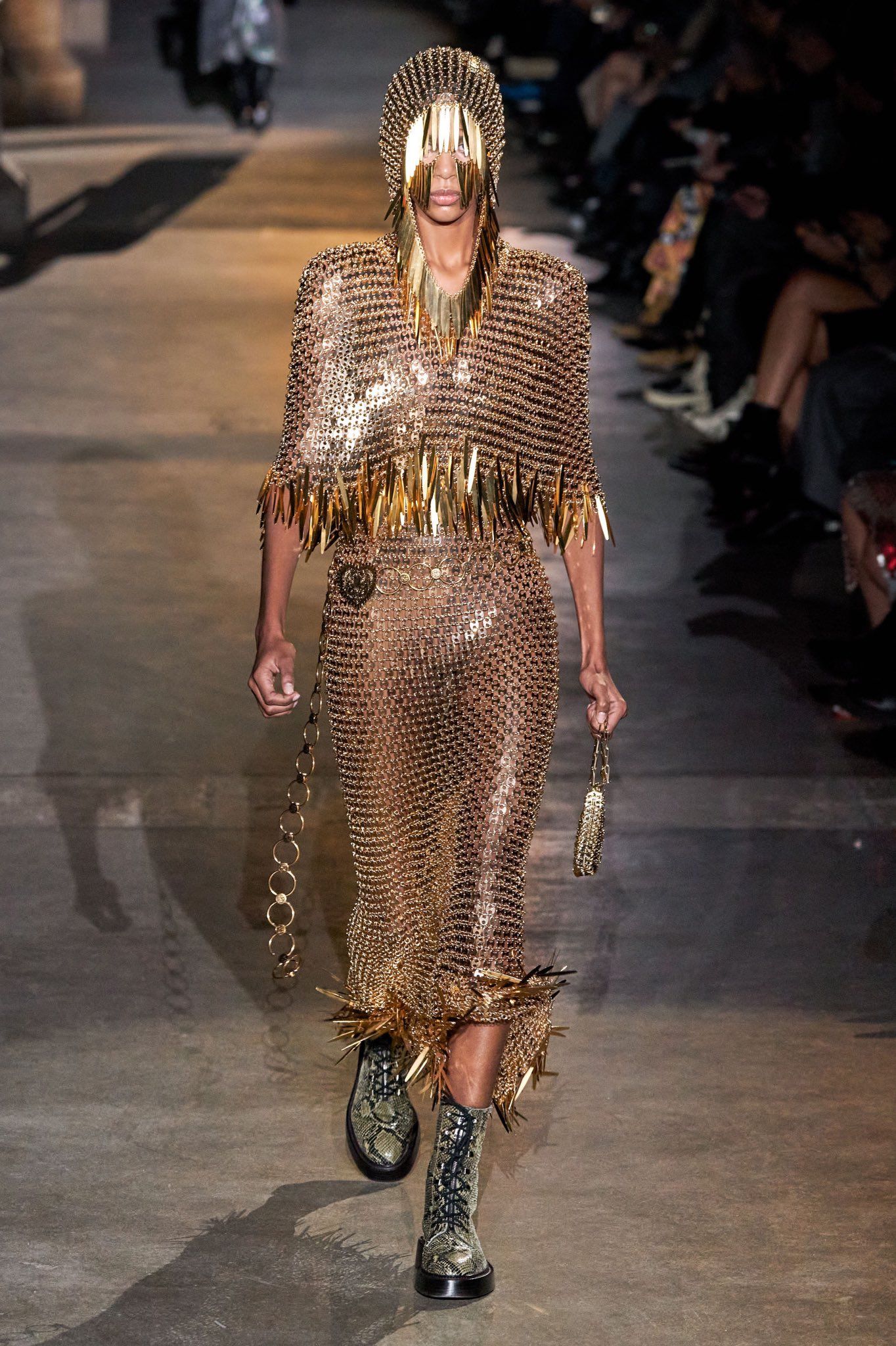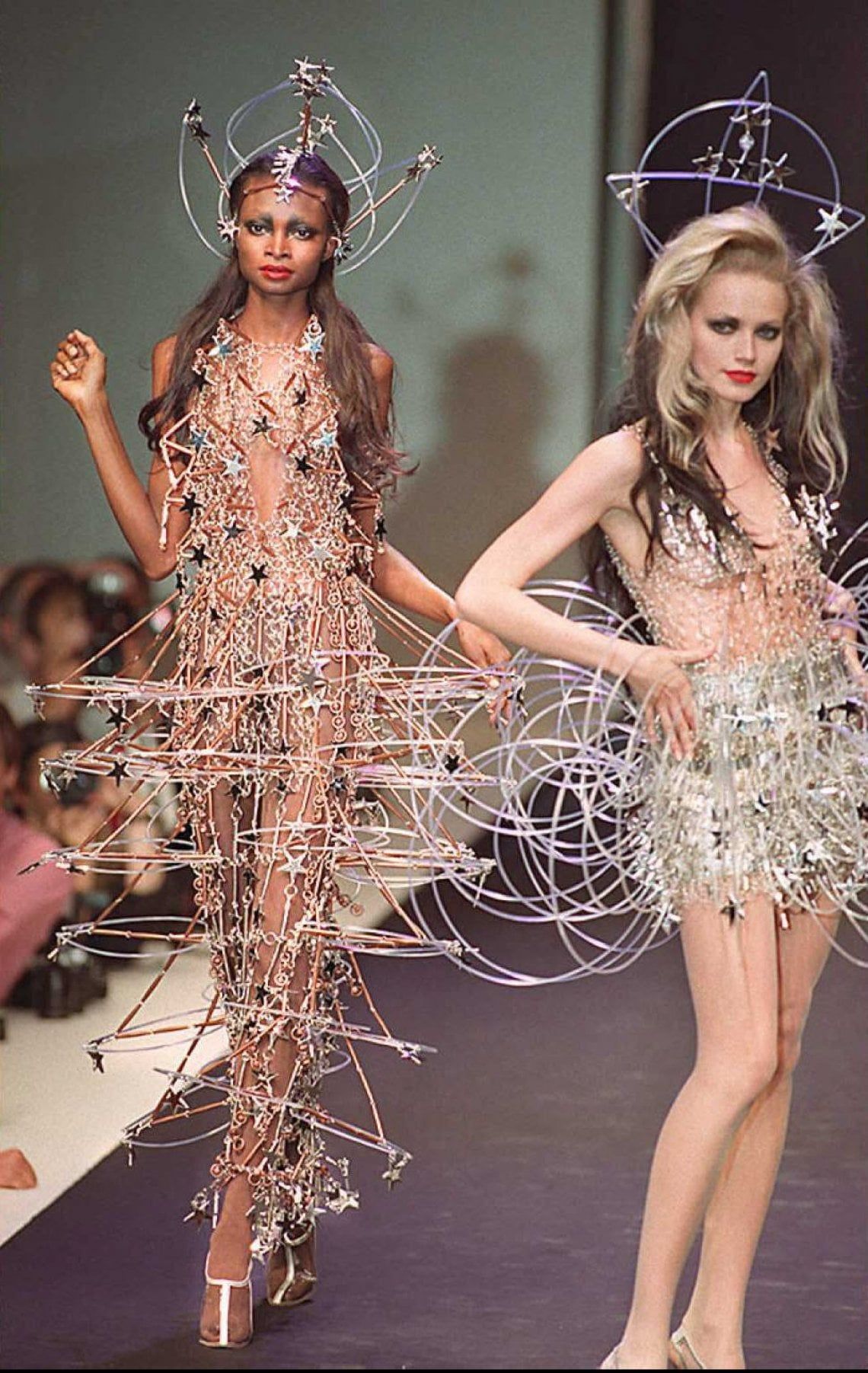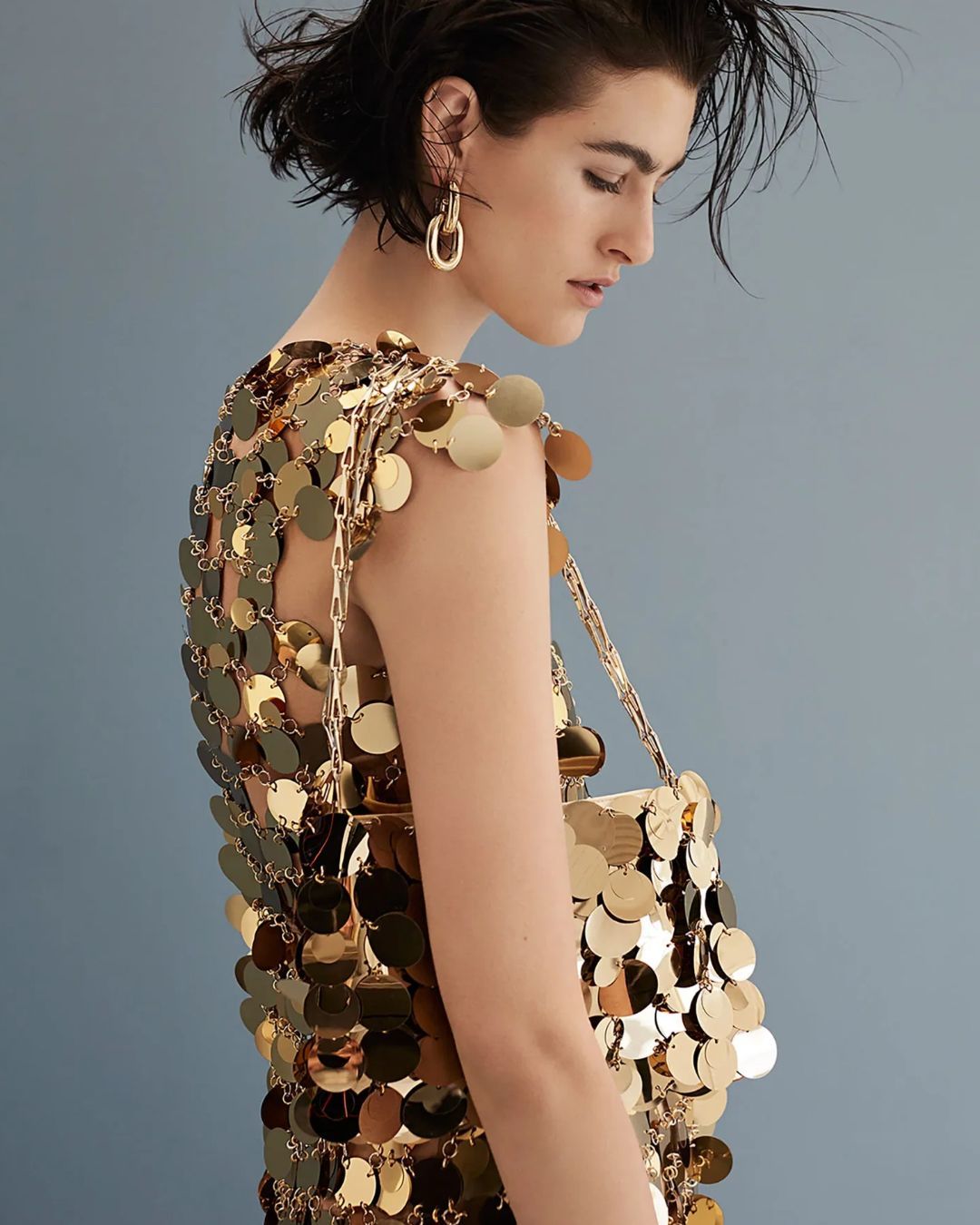
Rabanne to present the world's most expensive bag at his SS25 show A 250,000 euro masterpiece already predicted as the show's main character

Only a few hours remain until the highly anticipated Rabanne fashion show, which will unveil the SS25 collection created by Julien Dossena this afternoon. This show is already generating buzz, as one of the pieces to be presented is a bag considered to be the most expensive in the world. Surpassing Hermès' Birkin and Chanel's Classic Flap, the nano 1969 bag is regarded as a legend and a flagship piece of the House, the result of over 100 hours of work by Maison Rabanne and French jeweler Arthus Bertrand, with a value of 250,000 euros. It was conceived as a tribute to the dress created for Françoise Hardy in 1968 by Paco Rabanne himself, a dress composed of 1,000 gold squares and 300 carats of diamonds, originally designed to promote a jewelry exhibition in Paris. Part of the Les Pacotilles collection, it weighed no less than 10 kilos and attracted so much attention at the time that the singer had to arrive at the event in an armored truck, escorted by a team of bodyguards.
Crafted from Rhodoid, an industrial plastic material made from cellulose acetate, the dress perfectly embodied Rabanne's aesthetic, known for his revolutionary use of unconventional materials in fashion, including metal, paper, plastic, and gold. While the House made its first steps in the 1930s, it officially took off in 1966 with its collection 12 Unwearable Dresses in Contemporary Materials, joining the Space Age movement alongside major brands like Courrèges and Pierre Cardin. In this futuristic, avant-garde, and original aesthetic, Rabanne found his stride, creating innovative pieces not only through their shapes but especially through their materials. Fabric was replaced by metal discs, silhouettes became robotic, and the materials were both luxurious and revolutionary—thus, Rabanne was born.
The House will also present two other bags with a similar DNA this afternoon, both crafted in artisanal workshops. The first is the 1969 Glass Bag, made of Murano glass discs produced by the Venetian glassmaker Venini, renowned for its marbled effects resembling brushstrokes. The second is the 1969 Ceramic Bag, handcrafted with ceramic discs from the Parisian ceramic workshop Astier de Villatte, which upholds 18th-century production traditions and the art of stamping. This technique involves molding clay by pressing it into plaster molds, resulting in delicate textures and irregular shapes with unique finishes. The bags will be available for order at the Paris Rabanne boutique after the show.










































